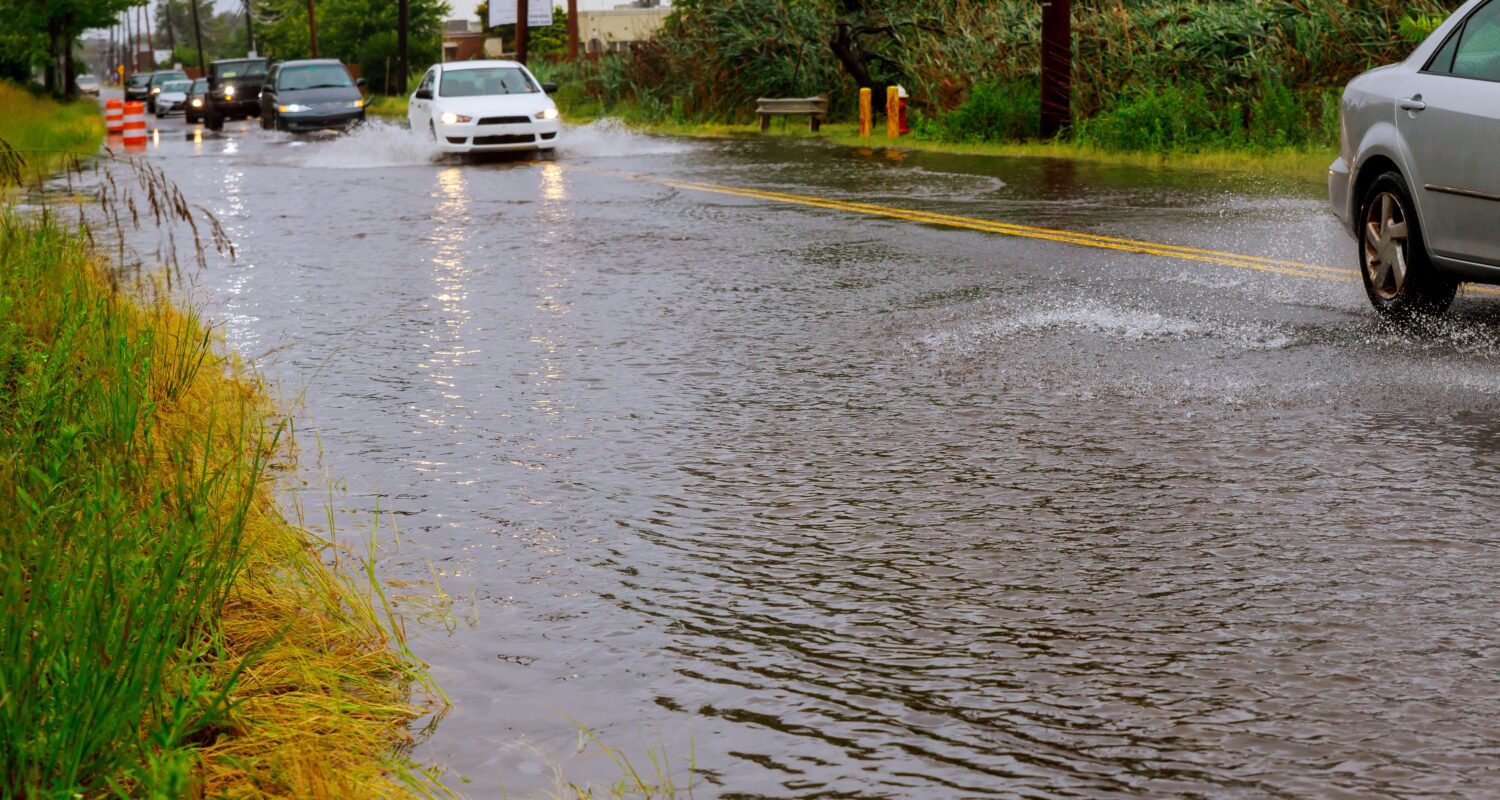 Menu
Menu
- Fenstermaker Insights
- Engineering
- FEMA’s Risk Rating 2.0


What’s going on right now?
For years, chronic flooding and the ever-increasing amounts of natural disasters and their impacts on vulnerable communities have plagued the National Flood Insurance Program’s (NFIP’s) National Flood Insurance Fund (NFIF) which is the federal account that primarily funds payments on policy claims from NFIP. Due to repetitive flood insurance loss claims, the NFIF is currently over $20 billion in the red. This is after Congress forgave $16 billion of NFIP debt less than 4 years ago.
Simply put: NFIP policies pay out far more than they bring in…and that’s been the case for a long, long time.
What’s the solution?
FEMA and the NFIP’s recently unveiled their answer to these issues. Known as Risk Rating 2.0 (RR2.0), it’s NFIP’s attempt to improve how it evaluates and assesses the risk to structures against the threat of flooding and help stop the bleeding from the NFIF at the same time. But despite some early RR2.0 talking points from stakeholders, it appears as if not all change is good.
A look under the hood
The evaluation and assessment of flood risk for insurance is reflected as the cost of an NFIP policy premium.
For years, the main ingredients to determine this risk—and the costs of flood insurance—have revolved around the flood zone designation and the Base Flood Elevation (BFE) in relation to a structure’s location and elevation of its slab.
RR2.0 proposes to change this evaluation and assessment.
While it has not revealed as much information as some would prefer, FEMA has made it known that BFE will no longer be a part of the evaluation and assessment puzzle. This creates a challenge for local floodplain administrators. Knowing how to explain flood risk is vital for Louisiana communities and their residents.
RR2.0 Impacts
In many instances, a community’s development decisions and their short and long-term growth are dictated by understanding flood risk. With detailed information in short supply from FEMA so far, this knowledge gap presents municipalities both large and small with potential issues as they manage their current growth and plans for future development.
On an individual level, RR2.0 indicates rising costs for many Louisiana policyholders. Increases in cost are, “capped,” at 18% per year by current law. FEMA has released info which shows RR2.0 results in reasonable increases over the course of a single year. But closer inspection reveals potential issues.
While existing laws cap increases at 18% per year there is no limit on the number of years policyholders will experience the increase. Subsequent increases will compound those costs over time. Meaning the 18% increase in Year 1 grows larger if it’s accompanied by increases for several years in a row. What was a reasonable increase in Year 1 may quickly seem unreasonable over the course of a 3-4 year period of annual increases.
FEMA has also been slow to provide answers to questions about annual increases along with those involving levee protection system scenario examples and hazard mitigation concerns as they relate to flood insurance costs. Congressional discussion has revolved around reform, but changes may not arrive in time to prevent significant cost increases on NFIP policies.
But despite these and other potential challenges, there are some things a community can do to help reduce the potential negative impact of RR2.0
What can local communities do?
Communities can participate in an NFIP-sponsored program called the Community Rating System or CRS for short. CRS rewards participating municipalities who take proactive steps to understand, communicate, and educate about the risks and impacts of flooding within their communities by providing discounts on flood insurance to policyholders within those participating communities.
These activities can be as simple as producing flyers and placing them in locations like a community center or library. Or they can be as complex as working with large landowners on things like open space protections or the use of higher standards such as Zero Net Fill or Freeboard requirements in their municipal ordinances and codes.
Based on the number of steps a community takes, discounts can add up to 75% of policy amounts. In Louisiana, the highest-ranked community provides their policyholders a discount of over 40%.
When balanced against the potential pricing changes associated with RR2.0, CRS participation is one of the most clear-cut, effective short-term checks against cost increases a Municipality has at its disposal.
Next Steps
To find out more about the potential impacts of Risk Rating 2.0 on your community or its potential to participate in CRS, contact Fenstermaker. We have over a half-dozen Certified Floodplain Managers, each of which is a member of both the Louisiana Floodplain Management Association’s (LFMA) and the Association of State Floodplain Managers (ASFPM). Our CFM’s continue to keep a close eye on developments developments surrounding RR2.0 and its potential impact on Louisiana.
Your company’s success is our business
Discover our industry-leading products and service that our customers have been trusting in for decades. Whatever your need, we’re here.